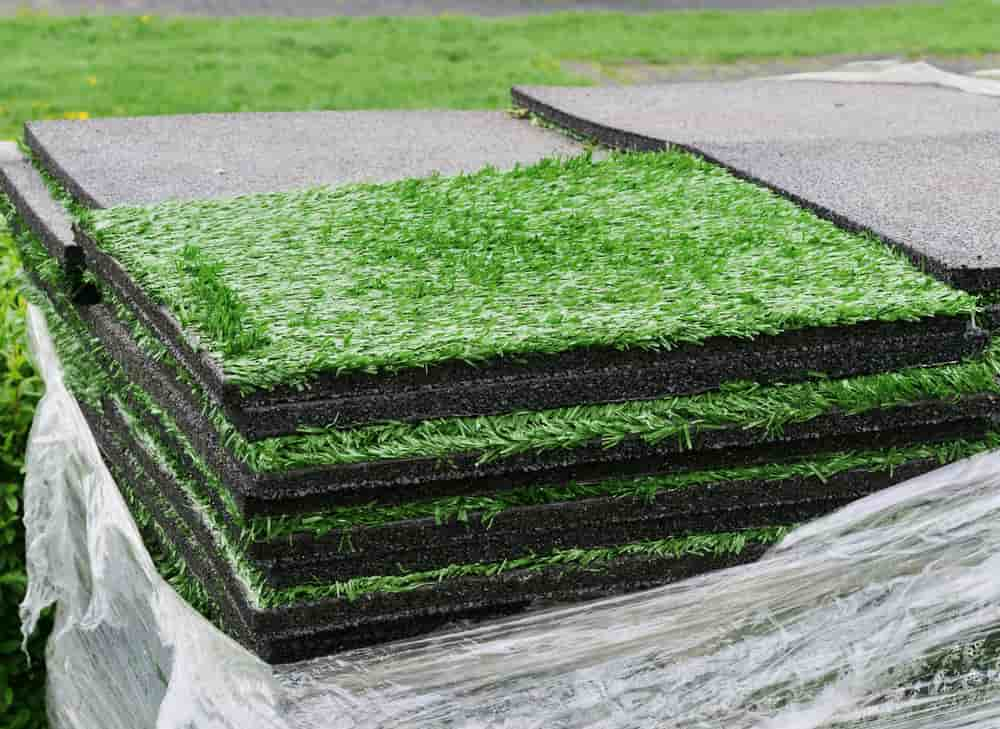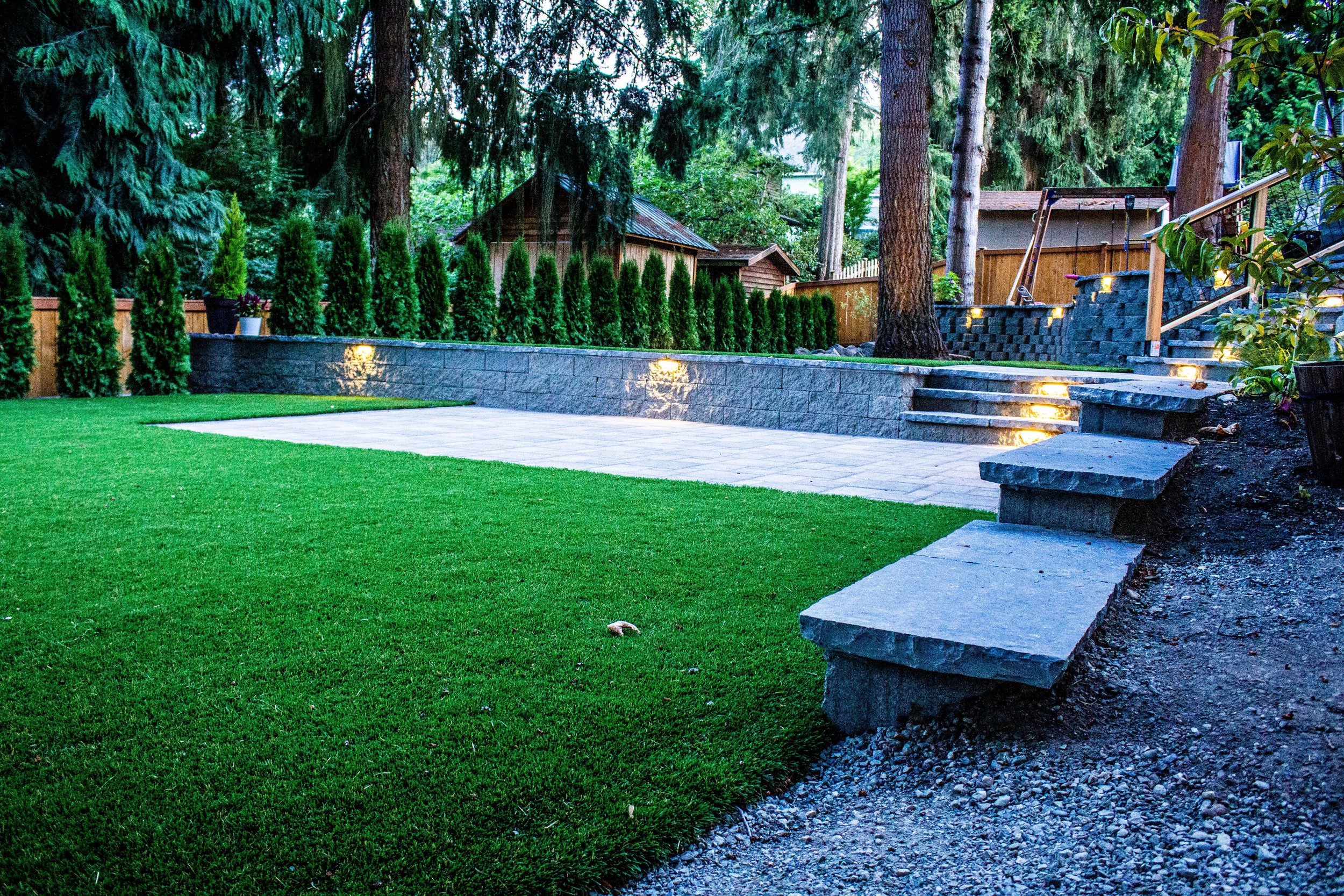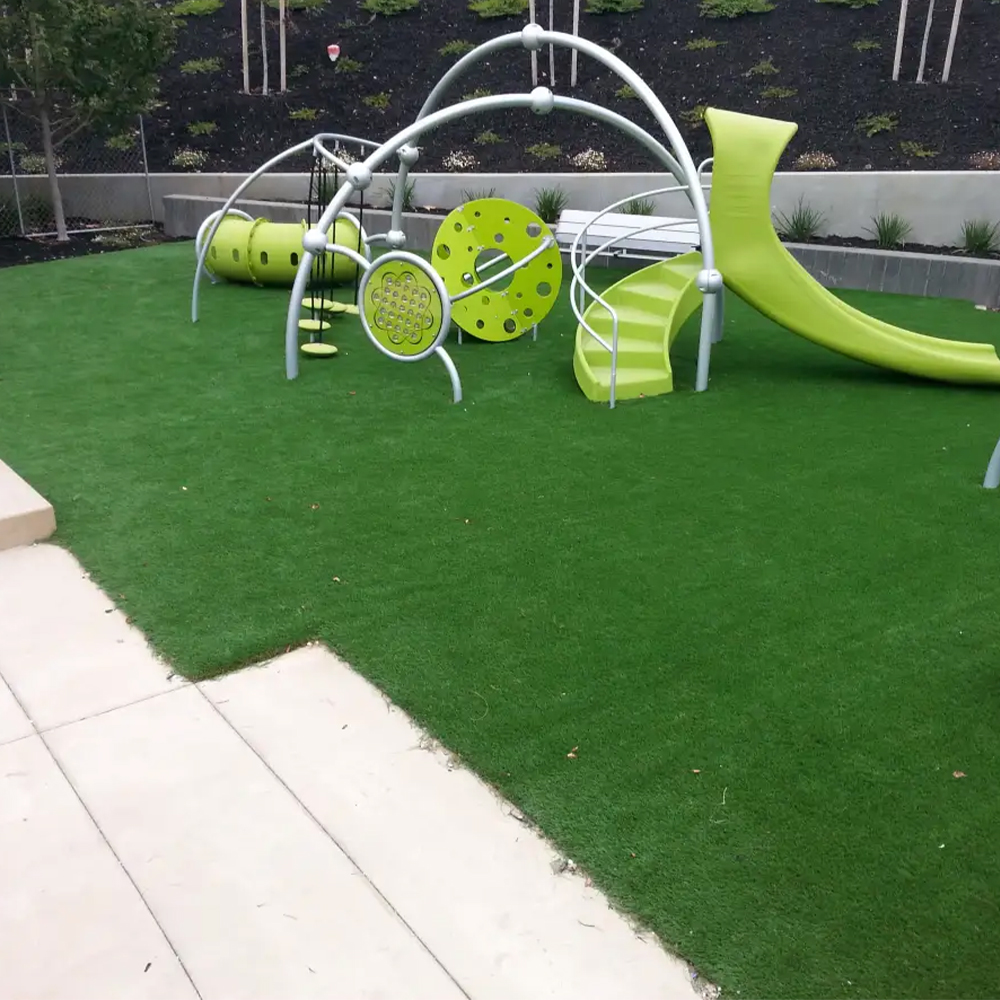High-Quality Arizona Turf Installation Solutions for Residences and Businesses
Wiki Article
Look Into the Environmental Advantages of Opting for Artificial Lawn Solutions
The adoption of artificial lawn options offers a compelling chance to deal with pressing ecological obstacles. By dramatically lowering water usage and lessening the application of harmful chemicals, these choices not only advertise lasting landscaping however likewise secure local ecological communities.Water Preservation Perks
One of the most substantial advantages of synthetic grass is its capacity to save water. Conventional yard lawns call for considerable irrigation, particularly in areas prone to dry spell or water restrictions. In comparison, synthetic lawn does not need watering, considerably lowering the general demand for water sources. This function is particularly advantageous in dry areas where water deficiency is a pressing concern.By removing the requirement for normal watering, synthetic grass adds to sustainable landscape techniques and assists reduce the environmental impact of excessive water usage. Additionally, the preservation of water reaches the decrease of runoff, which can result in dirt erosion and river air pollution.
In addition, the setup of man-made lawn permits property owners and towns to designate water sources much more successfully, focusing on important usages such as alcohol consumption water and farming. The shift towards synthetic grass not just advertises accountable water use yet likewise straightens with more comprehensive environmental goals targeted at maintaining natural deposits.
As neighborhoods increasingly focus on sustainability, the water conservation benefits of man-made grass provide an engaging case for its fostering in domestic and commercial landscape design projects.
Decreased Chemical Use
The transition to synthetic grass considerably reduces the dependence on chemical treatments typically used in natural turf maintenance. Typical lawn administration typically involves the application of plant foods, herbicides, and pesticides to advertise growth and control parasites. These chemicals can posture risks to human health, regional wild animals, and the setting, contributing to soil and water contamination.In comparison, synthetic grass removes the requirement for these hazardous substances. When set up, it needs minimal upkeep, largely containing regular cleaning and irregular infill replenishment. This decrease in chemical usage not just benefits the immediate atmosphere but additionally adds to broader eco-friendly security. By reducing the release of synthetic substances right into the community, fabricated lawn advertises much healthier soil and water systems.
Additionally, the lack of chemical overflow related to synthetic turf setups assists secure neighborhood waterways from contamination, supporting marine life and preserving biodiversity. Artificial turf companies phoenix. As areas increasingly prioritize lasting techniques, opting for synthetic grass presents a practical remedy that lines up with ecological preservation objectives. With this change, residential property owners can appreciate lush environment-friendly rooms without compromising eco-friendly wellness, leading the way for a more sustainable future
Reduced Carbon Footprint

Furthermore, the setup of man-made grass can result in considerable water preservation. Natural grass require significant quantities of water for irrigation, which not only contributes to the carbon impact related to water removal and treatment but additionally strains neighborhood water sources. In comparison, synthetic grass needs very little upkeep, needing no watering, therefore significantly lowering water usage and its associated energy expenses.
In addition, the long life of synthetic grass adds to its decreased carbon influence. With a life-span of up to 15 years or even more, the need for regular replacements is decreased, resulting in less waste and reduced power intake in production and taking care of standard yard options. Generally, fabricated lawn provides a lasting choice for ecologically aware landscaping.
Habitat Preservation
Habitat conservation is a critical consideration in find the argument over landscape design choices, specifically when comparing synthetic grass to natural lawn. All-natural turf lawns typically need comprehensive upkeep, including making use of plant foods, herbicides, and pesticides, which can adversely impact local environments. These chemicals can leach right into the soil and rivers, harming indigenous flora and animals and disrupting regional environments.
Artificial turf gets rid of the requirement for harmful chemicals, thereby protecting neighboring wild animals and keeping the integrity of surrounding ecological communities. The installment of fabricated turf can lead to the conversion of previous turf areas right into even more biodiverse landscapes, such as pollinator yards or indigenous plant locations, which can sustain regional wildlife.
Eventually, the change to synthetic grass not only conserves water and lowers upkeep initiatives but also promotes a more unified partnership between human activities and the natural environment, promoting environment conservation in the procedure.
Long-Term Sustainability
Lasting sustainability is an essential element in examining the benefits of synthetic grass over standard grass lawns. Among the most substantial benefits of synthetic grass is its toughness; it can last up to 15-20 years with minimal upkeep, whereas natural turf calls for frequent reseeding and substitute. This long life decreases the demand for constant sources, such as water, plant foods, and chemicals, which are vital for maintaining a healthy grass yard.Furthermore, synthetic grass adds to a reduction in carbon discharges connected with yard care devices. Conventional yards often call for gas-powered mowers, trimmers, and blowers, every one of which add to air pollution. Turf installation phoenix az. In contrast, artificial lawn removes the demand for such devices, advertising a cleaner environment
Moreover, the manufacturing of synthetic grass significantly makes use of recycled products, improving its sustainability profile. As manufacturers embrace environment-friendly practices, the ecological impact of synthetic grass remains to diminish.

Final Thought
The adoption of artificial lawn options offers considerable ecological advantages, including considerable water preservation, decreased reliance on unsafe chemicals, and a reduced carbon impact. Additionally, synthetic grass help in maintaining all-natural environments by decreasing land disturbance and promoting long-lasting sustainability through making use of long you can try here lasting products. Jointly, these factors underscore the possibility of man-made turf to contribute positively to environmental wellness and offer a feasible choice to standard landscape design practices in a significantly resource-conscious world.In contrast, man-made grass does not require watering, considerably reducing the total demand for water sources. By minimizing the launch of synthetic substances into the ecosystem, fabricated grass advertises healthier dirt and water systems.
Moreover, the setup of artificial grass can result in significant water conservation. In contrast, man-made turf needs marginal maintenance, calling for no watering, consequently significantly minimizing water use and its connected energy expenses.

Report this wiki page